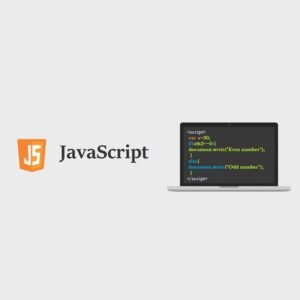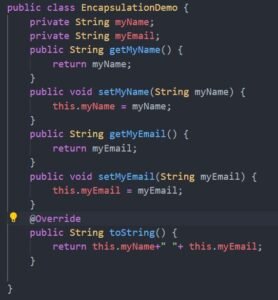Java script-An Overview
JavaScript is a high-level, interpreted programming language primarily used for creating interactive and dynamic content on web pages. Developed by Netscape in the mid-1990s, JavaScript has since become one of the most popular programming languages for web development.

Here’s an overview of JavaScript’s key features and characteristics.
Client-Side Scripting: JavaScript is primarily a client-side scripting language, meaning it runs in the user’s web browser rather than on the web server. This allows JavaScript to interact with the Document Object Model (DOM) of the web page, enabling dynamic manipulation of page elements and user interaction.
Versatility: JavaScript is a versatile language that can be used for a wide range of tasks, including building interactive web applications, creating browser-based games, implementing web server applications using frameworks like Node.js, and even developing mobile apps using frameworks like React Native.
Syntax: JavaScript syntax is similar to other C-style languages like Java and C++, making it relatively easy to learn for developers familiar with those languages. It uses curly braces {} to define code blocks and relies heavily on functions and objects.

Dynamic Typing: JavaScript is a dynamically typed language, meaning you don’t need to specify the data type of a variable when declaring it. Variables can hold values of any type, and their types can change during the execution of the program.
Event-Driven Programming: JavaScript is inherently event-driven, meaning it can respond to user actions such as mouse clicks, keyboard inputs, and page loading events. This makes it well-suited for building interactive user interfaces and web applications.

Asynchronous Programming: JavaScript supports asynchronous programming through features like callbacks, promises, and async/await syntax. Asynchronous programming allows tasks to run concurrently without blocking the execution of other code, which is crucial for building responsive web applications.
Extensibility: JavaScript can be extended through the use of libraries and frameworks, which provide pre-written code and functionality to simplify common tasks and accelerate development. Popular JavaScript libraries and frameworks include jQuery, React, Angular, Vue.js, and Express.js.
Cross-Platform Compatibility: JavaScript is supported by all major web browsers, including Chrome, Firefox, Safari, Edge, and Opera, making it a cross-platform language for web development. This ensures that JavaScript-powered web applications can run consistently across different browsers and devices.
Overall, JavaScript’s combination of versatility, ease of use, and broad adoption has made it an essential tool for web developers looking to create rich, interactive web experiences.
JavaScript, often abbreviated as JS, stands as a cornerstone in modern web development, playing a pivotal role in crafting interactive and dynamic user experiences across the internet. Introduced by Netscape in the mid-1990s, JavaScript has evolved into a versatile programming language with a multitude of applications and a vibrant ecosystem.
One of the defining characteristics of JavaScript is its execution environment: primarily client-side, running within the confines of users’ web browsers. This architecture empowers JavaScript to manipulate the Document Object Model (DOM), dynamically altering web page content in response to user actions or events. Through this capability, developers can create fluid, responsive interfaces and immersive web applications.
JavaScript’s syntax draws inspiration from C-style languages, featuring familiar constructs like variables, loops, conditionals, and functions. Its lightweight and intuitive nature make it accessible to beginners while offering advanced features for seasoned developers. Notably, JavaScript is dynamically typed, allowing variables to adapt to different data types during runtime, promoting flexibility and agility in programming.
Event-driven programming lies at the heart of JavaScript’s interactivity. Developers harness event listeners to respond to user inputs such as clicks, scrolls, or keyboard interactions, driving seamless user experiences. Furthermore, JavaScript facilitates asynchronous programming paradigms, enabling non-blocking execution through callbacks, promises, and async/await syntax.
Pregnancy Tip’s for Women click Here

1 thought on “Java script-An Overview”